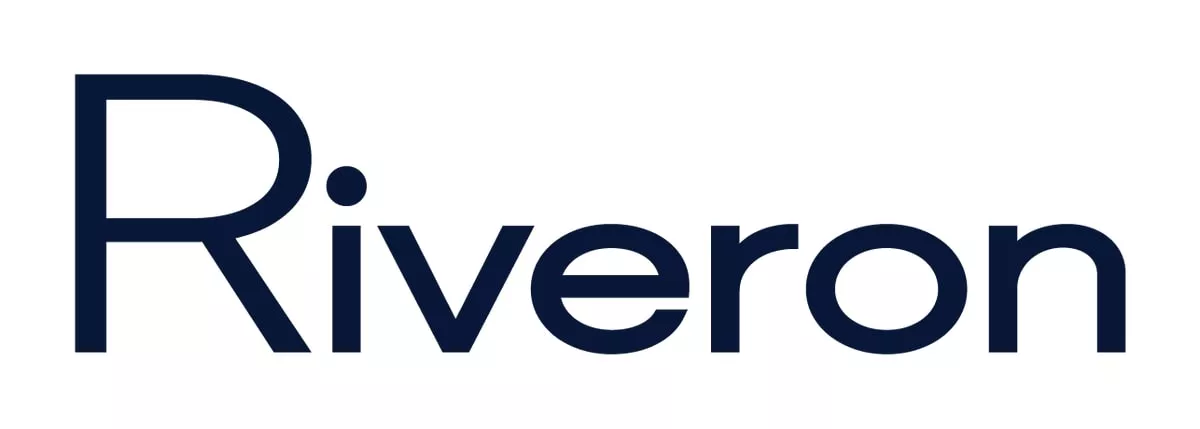- within Law Department Performance topic(s)
As part of any M&A transaction, the excitement often centers around growth opportunities, synergies, and strategic fit. But before popping the champagne, it's worth asking one critical question:
What exactly are we inheriting from a technology standpoint?
Welcome to IT due diligence—the phase where we shine a light on what's powering (or hobbling) the business behind the scenes. It's less glamorous than the vision deck, but far more critical to post-close success.
More often than not, technology is how the M&A vision is enabled.
Key IT due diligence takeaways that could save your organization millions:
- Tech infrastructure = Strategic asset or liability: Outdated systems often come with hidden costs like security vulnerabilities, integration blockers, and scaling constraints.
- Licenses and contracts matter more than you think: Ensure IP ownership, vendor contracts, and licenses are valid, transferable, and not positioned to explode post-close.
- Cybersecurity isn't just an IT problem: Weak controls, shadow IT, and aging defenses introduce reputational, financial, and regulatory risk. Hope is not a cybersecurity framework.
- People are half the equation: Identify who holds institutional knowledge. If they walk post-close, so does your operational continuity.
- Tech debt is real—and it accrues interest: Custom code, deferred upgrades, and temporary fixes often become long-term burdens. Plan accordingly in your integration strategy and budget.
- Identify gaps that need to be bridged: IT due diligence can reveal gaps in data, technology (including systems and infrastructure), personnel, and business processes that will have to be bridged after a merger or acquisition. This information will allow the team to go into a deal with their eyes wide open.
- Consider the tech side of intellectual property: If intellectual property is being acquired, ensure that the proprietary technology is legally owned and transferable.
IT due diligence is not about perfect systems—it's about informed decisions.
This means dealmakers and their advisors are uncovering what's working well, what's duct-taped, and what needs rethinking. Doing so allows leadership to step into Day 1 with eyes wide open and sleeves rolled up. Skipping diligence could lead to unforeseen expenses, operational disruptions, or legal issues post-acquisition.
Think of it this way: Would you buy a house without inspection? If not, then why would you buy a business without IT due diligence? This aspect matters because, in today's digital world, you're not just buying a business, you're buying its technology stack, which may contain a few surprises.
The content of this article is intended to provide a general guide to the subject matter. Specialist advice should be sought about your specific circumstances.



